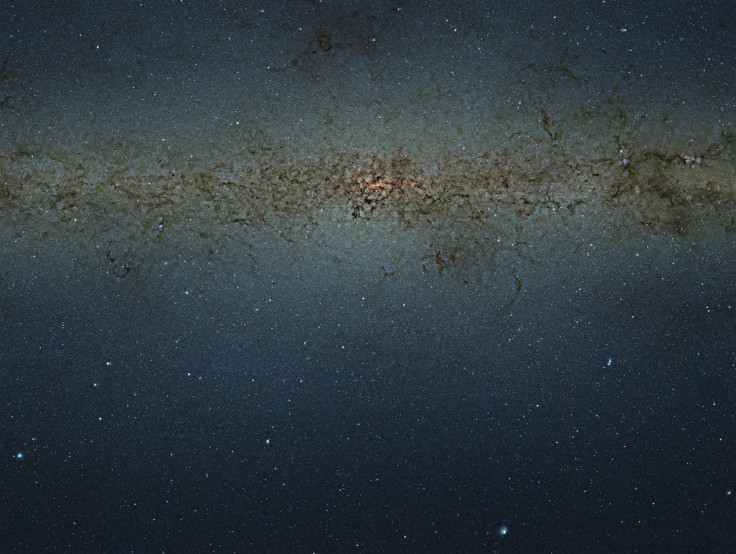Spectacular Milky Way Photo Shows 84 Million Stars

Ever wonder what 84 million stars look like? Look no farther as astronomers have released a nine-billion-pixel image of the Milky Way.
Astronomers from the European Southern Observatory’s Paranal Observatory in Chile captured the extraordinary image of the Milky Way featuring 173 million objects, 84 million of which are stars, reports Agence France-Presse. According to the ESO, “This gigantic dataset contains more than 10 times more stars than previous studies and is a major step forward for the understanding of our home galaxy.”
In fact, the image is so large that if you would print it out normally, it’d make for a poster 29 feet long and 22 feet tall. The image focuses on the center of our Milky Way galaxy, where there is a dense cluster of old stars. Astronomers call this section of a spiral galaxy the “bulge,” notes the ESO.
The nine-gigapixel image is more than just a way to show off the technology and tools astronomers have at hand to examine the night sky. The center of the Milky Way can give a glimpse of the evolution of our galaxy. Lead researcher Roberto Saito said in a statement, “By observing in detail the myriads of stars surrounding the center of the Milky Way we can learn a lot more about the formation and evolution of not only our galaxy, but also spiral galaxies in general.”
The team in Chile used the Visible and Infrared Survey Telescope for Astronomy to take the image. Using VISTA’s large mirrors and infrared detectors allowed the astronomers to capture the extremely wide image of the Milky Way, notes ESO in a statement. The image is not just one snapshot; rather it’s a combination of hundreds of images taken by VISTA.
The astronomers were able to create a color-magnitude diagram. Each star has a certain color, based on observations through different filters, and measured brightness. Using this, astronomers can see what stars are in the galaxy as well as how it is structured. The image has already provided some new information, according to a statement by ESO.
In the image, the astronomers noted that many faint red dwarf stars could be found in the Milky Way. By finding these red dwarfs, astronomers can then look for new planets. As the planet passes in front of a star, it causes a change in perceived brightness. When a planet passes by a red dwarf, the drop in brightness is more noticeable due to the dwarf star’s small size, making identifying a planet easier for astronomers, notes ESO.
© Copyright IBTimes 2024. All rights reserved.






















